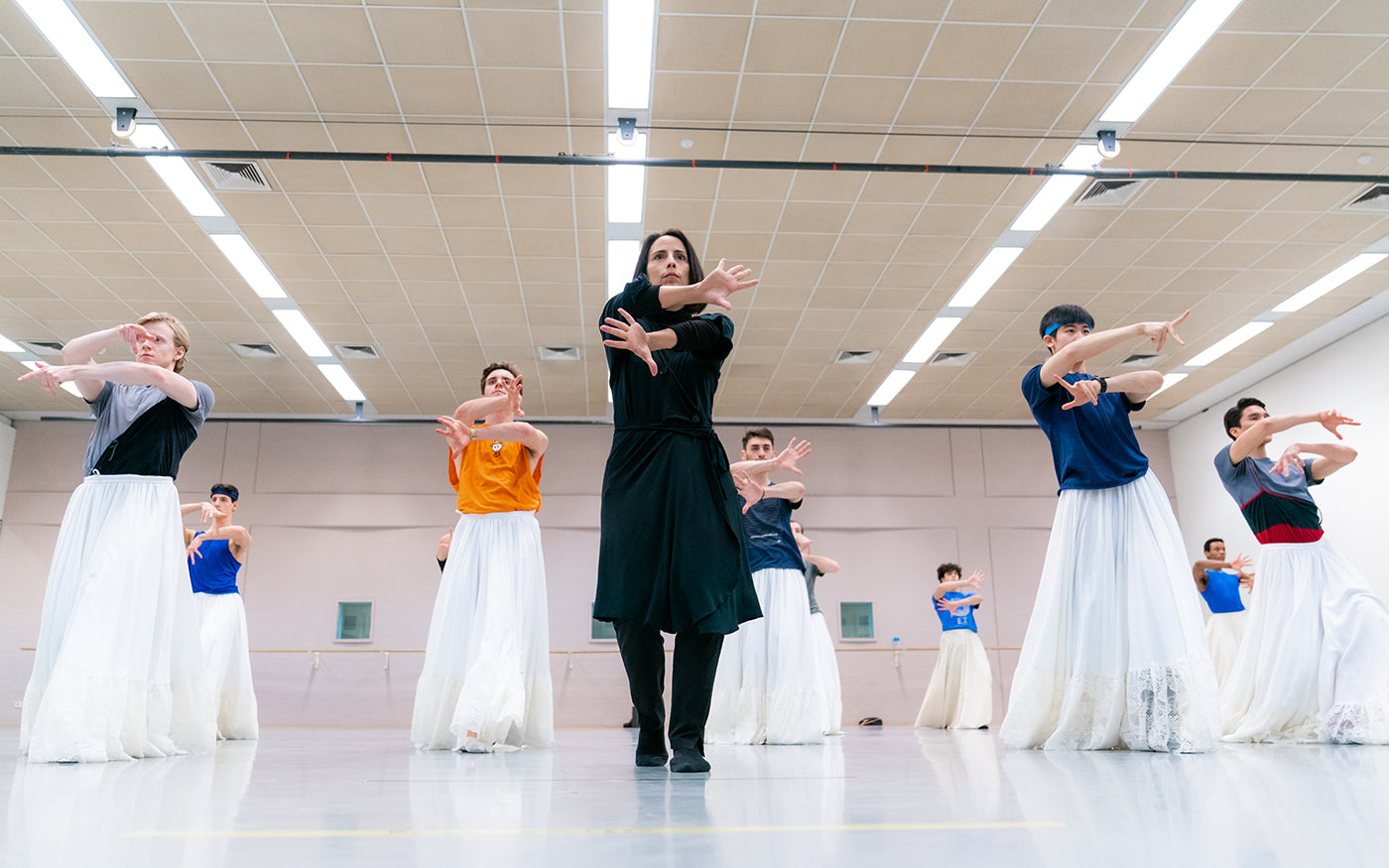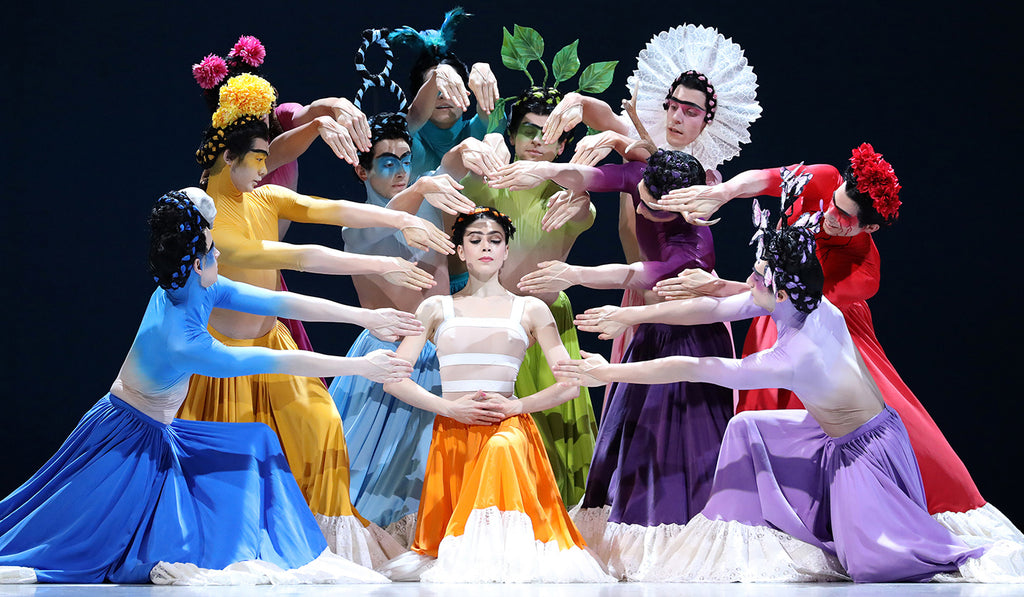Did you always want to be a choreographer and was it easy transitioning from dancer to dance-maker?
At the age of 11, I discovered choreography, not even knowing the word. In school, a teacher said to make a one-minute piece while a pianist [played], and I created a work on a white floor and also saw seven, eight different interpretations from the other students. I said to myself, “If I could do this for the rest of my life, I’d be the happiest person on the planet. But I didn’t think it would be a job to pay my rent from, until I got a commission from Scapino Ballet when a workshop was being cancelled because of a tour to Italy.
I was the only one saying, “Oh, no,” and the director noticed that and said, “Okay, you seem passionate,” and he decided to invite me to [make a piece] for their repertory. That’s the first time I got paid, when I was 27. I lasted another three years being a dancer and gave myself five years to see if I could survive from it.
If I would not succeed, I would go to the film academy that was on the way from my house; it’s telling stories, but with images. Dance is about ordering sequences, it’s about rhythm, perspective, colors. In five years, I could pay my rent, so I kept doing it.
Frida Kahlo—the woman and the artist—has been mined in countless forms, having been chronicled in slews of books, films (Julie Taymor’s 2002 “Frida”) and operas (Gabriela Lena’s 2022, “Frida and Diego”), not to mention exhibitions worldwide. How did your vision of “Frida” come about?
I was asked in 2015 by Tamara Rojo, who then was director of English National Ballet, to make a short one-act of a female character from history or literature that was damned and doomed. She had sent me a few names, [including] Princess Diana, and I pondered these names for a month, because it’s England and these names were English, but I kept thinking about Frida Kahlo.
I’m half-Colombian and I’d seen a movie about the music of [singer/actress] Chavela Vargas, and thought she was an interesting woman, but it was not exactly balletic. So, I went back to Tamara and kept thinking of Frida Kahlo—I’m also a huge fan—and she accepted. That’s how I made the one-act dance, “Broken Wings.”
I wasn’t sure the British audience would appreciate a Mexican take on a narrative but they did. It’s not a typical classical ballet, but the British love storytelling, and they were more focused on that. For me, it was nice with my culture.
Story ballets have long been staples in the ballet canon, so expanding “Broken Wings” seemed the natural next step, no pun intended. In fact, DNB’s Ted Brandsen saw “Broken Wings” when it premiered in 2016, and was keen on it. The rest, as they say, is history.
Yes, but Dutch National Ballet was looking for existing work, and we pondered the idea of “A Streetcar Named Desire” that I made for Scottish Ballet [in 2012]. But I said that my dream was to make a full-length ballet of “Frida.” Ted said, “Make your dream your reality.”













comments